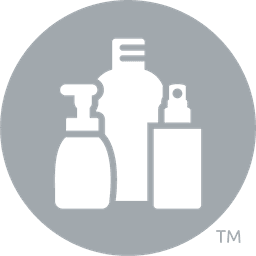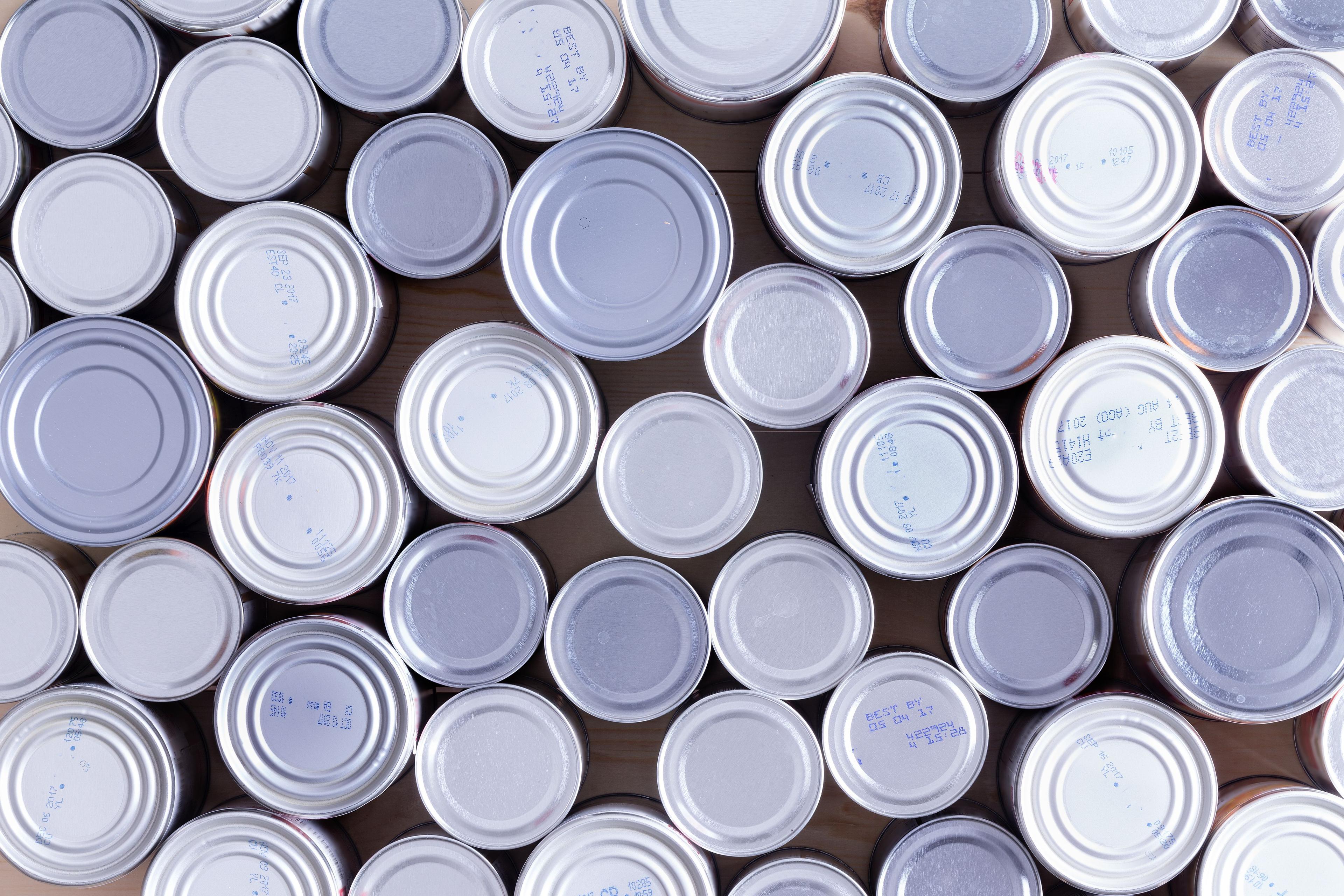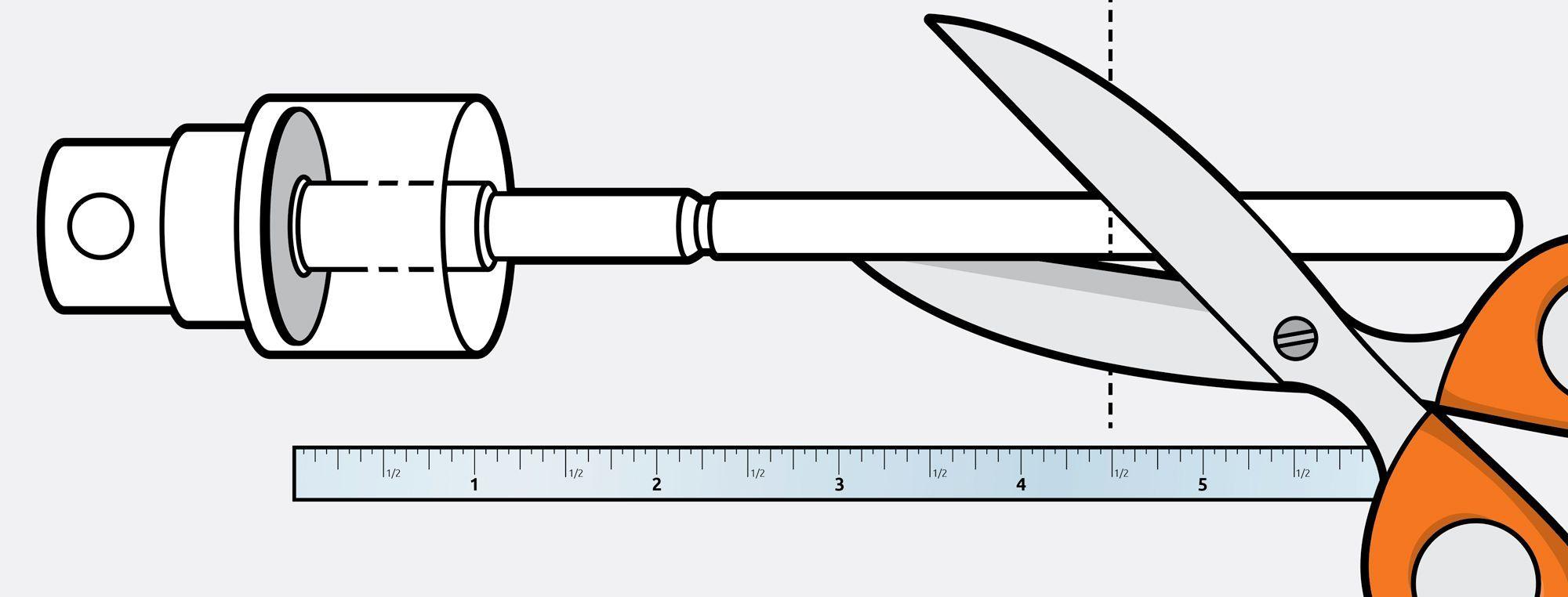Infographic: How to use color to get your product noticed and purchased


I’ve seen some really smart combinations of color when it comes to packaging: tropical color palettes for fruity lotions, minimalistic silver on black for male personal care products, and rich palettes for earthy minerals and scrubs. I’ve also seen some pretty bad combinations too … and it kills me. Nothing says “Don’t buy me! Don’t even look at me!” more than bad design and color/packaging combinations. The label (or print) is what gets the product noticed. And if the product gets noticed then you might have a chance … a chance … to actually sell it.
Research shows that a consumer spends less than three seconds considering your product. This is after they’ve found it on the shelf. Selling products is a two-step process. (1) Make it noticeable, and (2) make it buyable.
Make your product noticeable
Making your product noticeable requires a combination of container, closure and color. Is there something that catches the eye when you walk by it? Do the colors complement each other? Is the design/color consistent with the product industry?
Make your product buyable
Getting noticed is only the first part of the equation. Once noticed, a consumer will pick up the container and inspect it. They’ll read some of the copy. They’ll turn it over and look at the directions, the ingredients, or sales copy. They’ll look for queues that tell them this is a quality item; that it’s worthy of their money and their time. These queues are communicated through color, sales copy, guarantees, ingredients lists, ease of use, closure/container combination, heft, or appearance of product.
Buyability stems from noticeability
Making your product buyable grows out of being noticed. You have to be noticed and buyable in that order to get a sale. Ugly design is noticeable, but it doesn’t make your product buyable, because it doesn’t communicate confidence to the buyer. Bright yellow is also noticeable, but does not necessarily make your product buyable. The yellow has to “fit” with what’s being sold.
Tried and true color combinations
There are some color combinations that work. They are tried and true. They are winners. I have put them together (based on my recommendations and what I’ve seen that looks good) into this infographic for you. When picking colors for your packaging, you need to pick colors that coordinate. Your container, closure, product color, and artwork need to jive.

Rules to be broken, maybe
It’s true … some rules are made to be broken. But I STRONGLY urge you to use great caution and professional guidance when deviating from these recommendations (shown in the infographic). Speaking of “professional guidance,” it just so happens that our designers can assist you! Listen to your designer. They know what works. Let them guide you through your color-coordinating process.
Contact CPS Design today (1-800-473-4144) to get started on picking the perfect colors, containers and closures for the perfect package.





